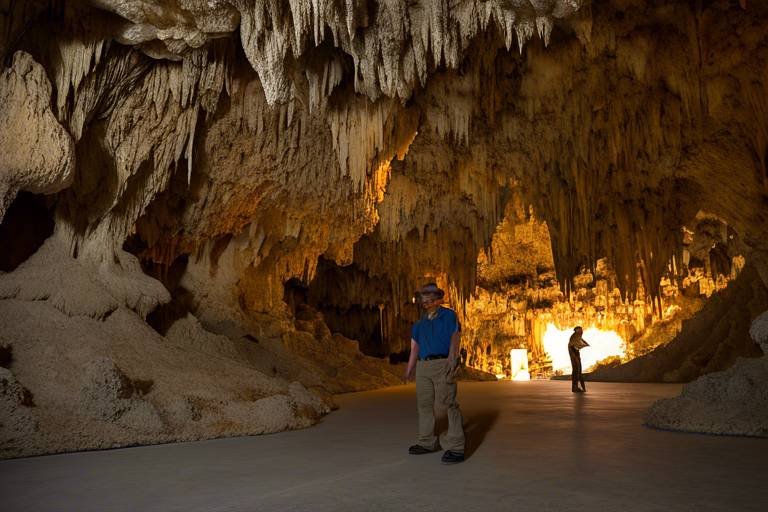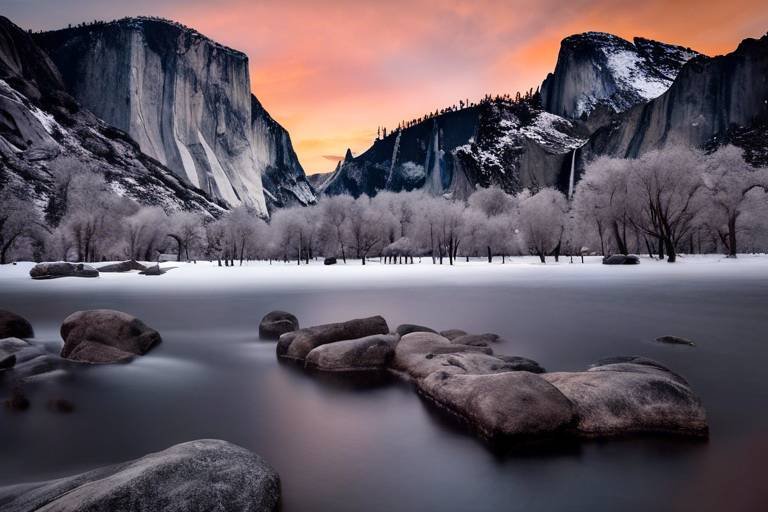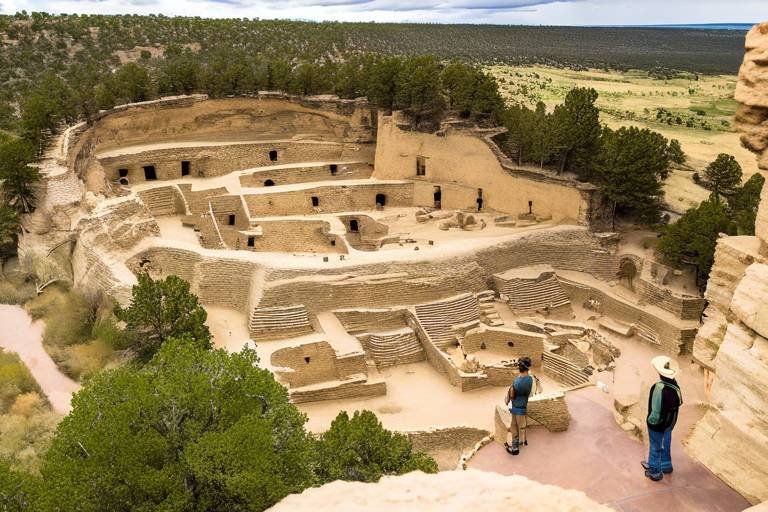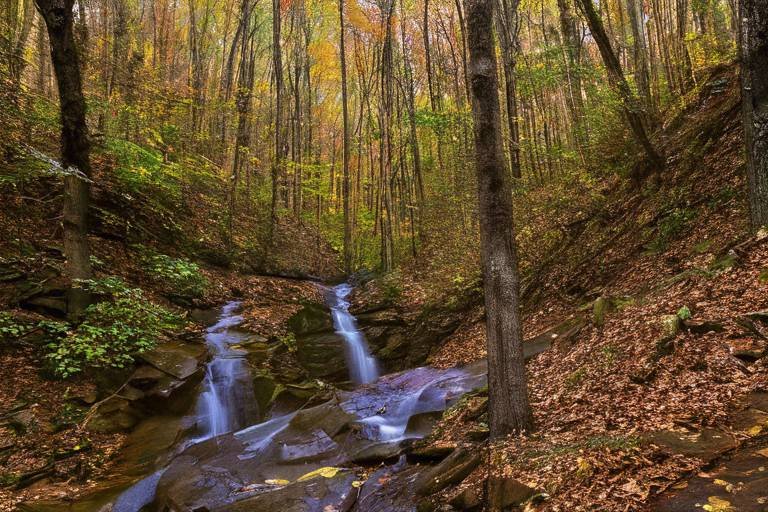Exploring the Unique Ecosystems of Everglades National Park
The Everglades National Park in Florida is a mesmerizing natural wonderland that beckons adventurers and nature enthusiasts alike. This UNESCO World Heritage Site boasts a tapestry of unique ecosystems, each teeming with life and mystery. From the sprawling wetlands to the intricate mangrove forests and the expansive sawgrass prairies, the park is a sanctuary for a myriad of plant and animal species.
As you delve into the heart of the Everglades, you'll uncover a rich history dating back to the establishment of the park in 1947. The primary goal was to safeguard the fragile ecosystem of the Everglades, which is the largest tropical wilderness in the U.S. However, the park faces numerous challenges from human impacts, underscoring the importance of conservation efforts and sustainable practices.
One of the most captivating aspects of the Everglades is its diverse flora and fauna. Here, you can encounter endangered species like the majestic Florida panther and the elusive American crocodile. The park is also home to unique plant communities, including cypress swamps and hardwood hammocks, each contributing to the vibrant tapestry of life within the park.
Amidst the breathtaking landscapes and thriving wildlife, conservation efforts play a crucial role in protecting the vulnerable species of the Everglades. Through habitat restoration projects and diligent monitoring, conservationists strive to ensure the survival of these endangered populations, preserving the ecological balance of the park.
The hydrology of the Everglades is a fascinating subject that reveals the intricate water flow system sustaining this delicate ecosystem. From the vital role of Lake Okeechobee to the expansive Everglades watershed, restoring natural water flow patterns is essential for the health and vitality of the park's diverse habitats.
However, the looming specter of climate change poses a significant threat to the Everglades. Sea-level rise, saltwater intrusion, and altered rainfall patterns are all challenges that the park must confront. Through strategic initiatives and adaptive strategies, efforts are underway to mitigate these effects and safeguard the future of the Everglades.
For visitors seeking adventure and connection with nature, the Everglades offers a plethora of recreational activities. From immersive hikes and birdwatching expeditions to tranquil kayaking trips and exhilarating airboat tours, there is something for everyone to enjoy. Responsible tourism practices are paramount to preserving the park's natural beauty for generations to come.
As we look towards the future, the Everglades faces pressing challenges such as invasive species, water pollution, and habitat degradation. Long-term conservation goals aim to address these threats and ensure the ecological integrity of the park endures for future generations to cherish and protect.

History of Everglades National Park
Discover the diverse habitats and wildlife of Everglades National Park, a UNESCO World Heritage Site in Florida known for its wetlands, mangroves, and sawgrass prairies that support a variety of plant and animal species.
Everglades National Park, established in 1947, holds a significant place in the conservation history of the United States. This protected area was created with the primary goal of safeguarding the fragile ecosystem of the Everglades, which stands as the largest tropical wilderness in the country. The park faces numerous challenges stemming from human impacts, such as urban development, pollution, and habitat destruction. Despite these threats, the park continues to serve as a vital sanctuary for a myriad of plant and animal species, showcasing the importance of preserving such unique environments for future generations.

Flora and Fauna of the Everglades
The Everglades National Park is home to a remarkable array of flora and fauna, making it a haven for biodiversity enthusiasts and nature lovers alike. The park's diverse ecosystems, ranging from wetlands to mangroves and sawgrass prairies, provide a habitat for a wide variety of plant and animal species.
One of the most iconic residents of the Everglades is the Florida panther, a majestic and endangered big cat that roams the park's wilderness. The park also serves as a crucial habitat for the American crocodile, another species facing threats to its survival.
Exploring the park's unique plant communities reveals a tapestry of habitats, including cypress swamps and hardwood hammocks, each supporting a different set of species adapted to their specific environment. These ecosystems are not only visually stunning but also play a vital role in the overall health of the park.
Visitors to the Everglades have the opportunity to witness a wide range of wildlife in their natural habitat, from colorful wading birds to elusive reptiles. The park's biodiversity is a testament to the resilience of nature and the importance of preserving these ecosystems for future generations to enjoy.

Endangered Species Conservation Efforts
Endangered Species Conservation Efforts in Everglades National Park are a critical aspect of preserving the delicate balance of its ecosystem. The park is home to a variety of endangered species, including the iconic Florida panther and the elusive American crocodile. Conservation programs within the park focus on habitat restoration and monitoring efforts to safeguard these vulnerable populations.
One of the key initiatives in Everglades National Park is the restoration of natural habitats to provide safe havens for endangered species. Through extensive habitat restoration projects, areas that have been degraded by human activities are being rehabilitated to support the diverse flora and fauna that call the Everglades home.
Monitoring efforts play a crucial role in ensuring the survival of endangered species. By tracking population trends, behavior patterns, and habitat use, conservationists can identify threats and implement targeted conservation strategies to protect these species from extinction.
Additionally, education and outreach programs are essential in raising awareness about the importance of endangered species conservation. By engaging with the local community and visitors to the park, conservationists can inspire action and foster a sense of stewardship towards protecting the unique biodiversity of the Everglades.
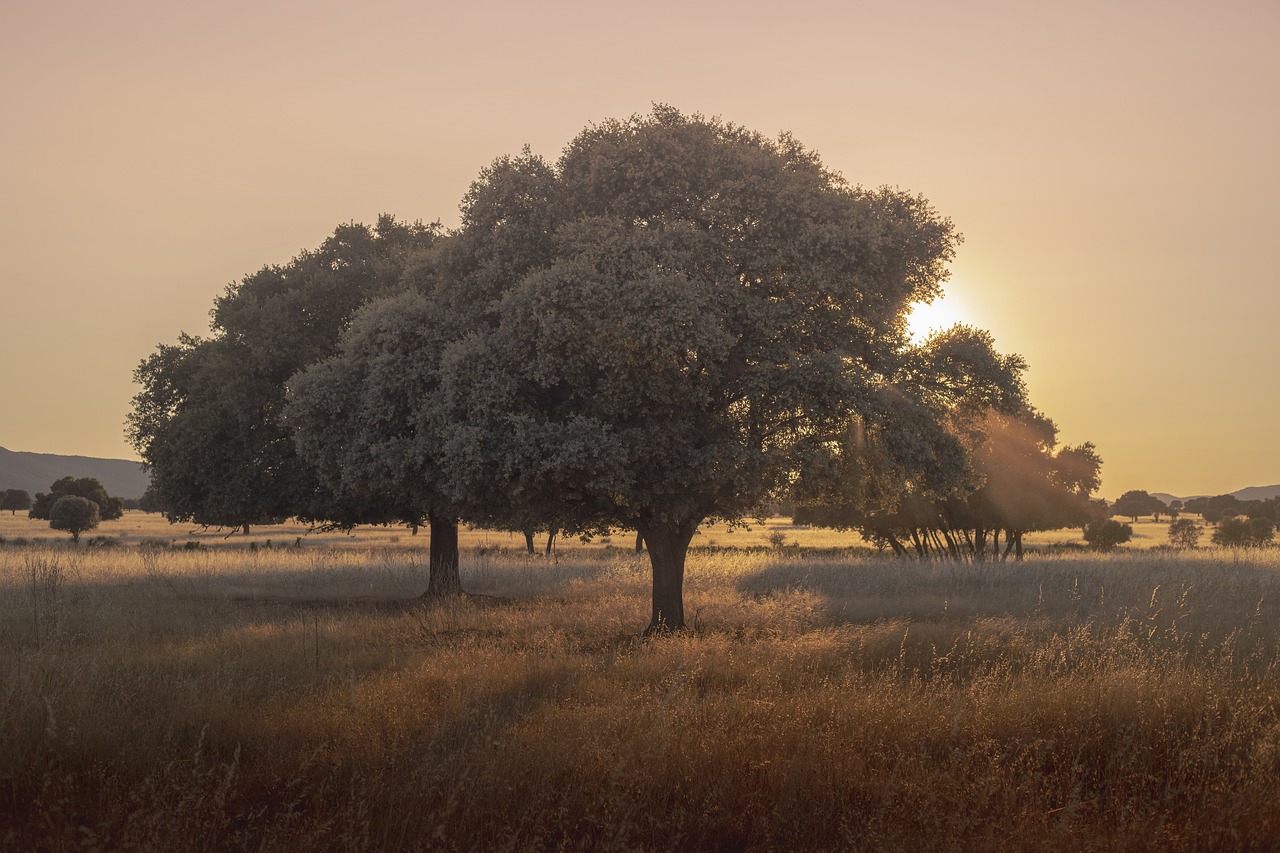
Hydrology of the Everglades
The hydrology of Everglades National Park is a fascinating and critical aspect of its ecosystem. The park's unique landscape is shaped by a complex network of water flow, with the Everglades watershed serving as a vital source of freshwater for the region. At the heart of this system lies Lake Okeechobee, a massive natural reservoir that plays a crucial role in regulating water levels and sustaining the park's diverse habitats.
The Everglades is often referred to as a "River of Grass" due to its slow-moving, shallow sheet flow of water that creates a mosaic of wetlands and marshes. This intricate hydrological system supports a variety of plant and animal life, from wading birds to alligators, by providing essential water resources throughout the year.
However, the hydrology of the Everglades has been significantly altered by human activities, such as drainage and development projects, which have disrupted natural water flow patterns and led to environmental degradation. Efforts are underway to restore the historic hydrological conditions of the park to ensure the long-term health and sustainability of this unique ecosystem.
Restoring the natural water flow of the Everglades is crucial for maintaining the balance of its habitats and preserving biodiversity. By reestablishing the historic sheet flow and reducing water diversions, conservationists aim to enhance the resilience of the ecosystem against the impacts of climate change and other threats.
Moreover, the hydrology of the Everglades is closely linked to the health of surrounding areas, including coastal estuaries and marine ecosystems. Managing water quality and quantity in the park is essential for protecting not only its internal biodiversity but also the broader ecological connectivity of the region.

Impact of Climate Change
Climate change is posing significant challenges to the delicate balance of the Everglades ecosystem. Rising sea levels, a direct consequence of global warming, are causing saltwater intrusion into freshwater habitats, threatening the survival of native plant and animal species. The altered rainfall patterns, another impact of climate change, are disrupting the natural hydrological cycles of the Everglades, leading to droughts in some areas and flooding in others. These changes are putting immense pressure on the unique habitats of the park, such as the mangrove forests and sawgrass prairies, which are struggling to adapt to the rapidly changing environmental conditions.
Efforts to mitigate the impact of climate change on the Everglades include restoration projects aimed at improving water flow and quality, as well as the implementation of sustainable practices to reduce carbon emissions and minimize human-induced stress on the ecosystem. Monitoring programs are also in place to track the effects of climate change on wildlife populations and habitats, providing valuable data for conservation efforts. Additionally, education and outreach initiatives are raising awareness about the importance of addressing climate change to protect the future of the Everglades National Park.
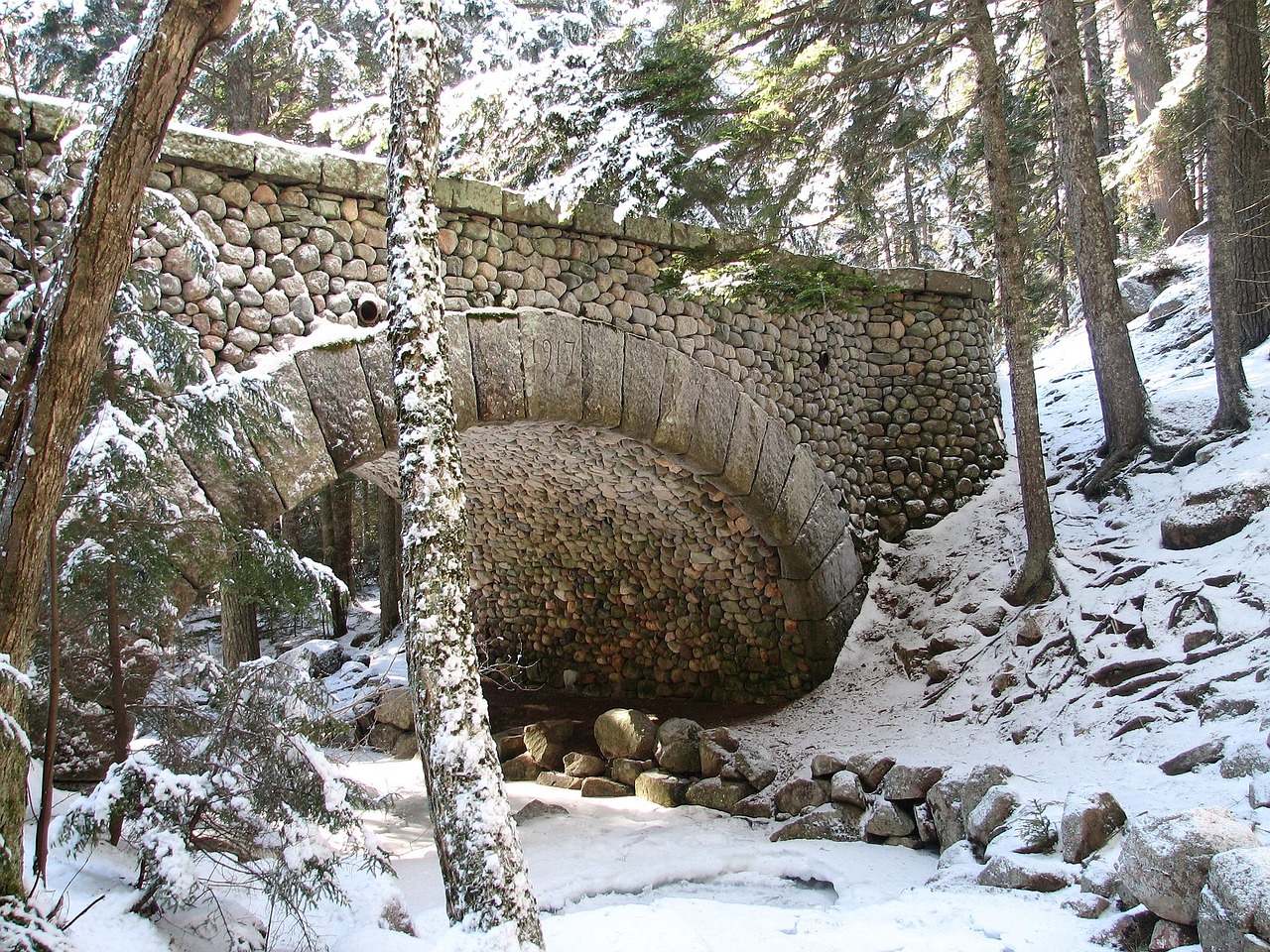
Recreational Activities in the Park
Everglades National Park offers a plethora of recreational activities for visitors to immerse themselves in the beauty and serenity of this unique ecosystem. From the tranquil waters of the mangrove forests to the vibrant birdlife soaring above, there is something for everyone to enjoy in this natural wonderland.
One of the most popular activities in the park is hiking, allowing visitors to explore the diverse landscapes and observe the wildlife up close. With numerous trails ranging from easy walks to more challenging treks, hikers can experience the beauty of the Everglades at their own pace.
For those who prefer a more leisurely experience, birdwatching is a favorite pastime in the park. The Everglades is home to over 360 species of birds, making it a paradise for bird enthusiasts. Grab your binoculars and camera, and keep an eye out for colorful wading birds, majestic raptors, and elusive marsh dwellers.
Water-based activities are also abundant in the park, with kayaking and canoeing opportunities available for exploring the winding waterways and mangrove tunnels. Paddle through the peaceful waters, surrounded by lush vegetation and the sounds of nature, for a truly immersive experience.
For an adrenaline-filled adventure, visitors can embark on an airboat tour to glide across the shallow waters of the Everglades at high speeds. Feel the wind in your hair as you zip through the sawgrass prairies and marshes, spotting alligators and other wildlife along the way.
It is essential for visitors to engage in responsible tourism practices while enjoying these activities to minimize their impact on the delicate ecosystem of the Everglades. By following park regulations, staying on designated trails, and respecting wildlife, visitors can contribute to the preservation of this natural treasure for future generations to enjoy.

Preservation and Sustainability Initiatives
Preservation and sustainability initiatives are at the forefront of efforts within Everglades National Park to ensure the long-term health of this unique ecosystem. One key focus is on promoting sustainable practices to minimize the park's environmental impact. This includes initiatives to reduce waste generation through recycling programs and the use of biodegradable materials. Additionally, the park encourages visitors to utilize eco-friendly transportation options, such as electric vehicles or public transportation, to reduce carbon emissions and preserve air quality.
Community engagement plays a vital role in raising awareness about conservation and sustainability within the park. Educational programs and events are organized to inform visitors about the importance of preserving the Everglades' delicate balance. By involving the local community and visitors in conservation efforts, the park fosters a sense of stewardship and responsibility towards protecting this natural treasure for future generations.
Furthermore, Everglades National Park collaborates with research institutions and conservation organizations to implement innovative sustainability initiatives. These partnerships help advance scientific knowledge about the ecosystem and develop effective strategies for habitat restoration and wildlife conservation. By harnessing the expertise of experts in the field, the park can stay at the forefront of conservation practices and adapt to emerging environmental challenges.

Future Challenges and Conservation Goals
As we delve into the future challenges and conservation goals of Everglades National Park, it becomes evident that the preservation of this unique ecosystem is facing a myriad of obstacles. One of the primary challenges is the invasion of non-native species, which disrupt the delicate balance of the park's native flora and fauna. Invasive species like the Burmese python pose a significant threat to the indigenous wildlife, requiring strategic management and eradication efforts to mitigate their impact.
Furthermore, water pollution remains a pressing issue in the Everglades, stemming from agricultural runoff and urban development. The contamination of water sources not only affects the health of the ecosystem but also endangers the species that rely on these waters for survival. Conservation efforts must focus on improving water quality through sustainable agricultural practices and effective waste management strategies.
Habitat degradation is another critical concern for the future of Everglades National Park. Urban encroachment and land development continue to encroach upon the park's boundaries, fragmenting habitats and reducing biodiversity. To combat this trend, conservation initiatives must prioritize land protection and restoration projects to safeguard the park's remaining natural areas and promote connectivity for wildlife populations.
Looking ahead, the conservation goals for Everglades National Park are centered around enhancing ecological resilience and promoting long-term sustainability. These goals encompass restoring natural water flow patterns, implementing habitat restoration programs, and fostering community engagement in conservation efforts. By addressing the challenges of invasive species, water pollution, and habitat degradation, the park aims to preserve its ecological integrity for future generations to enjoy.
Frequently Asked Questions
- What is the best time to visit Everglades National Park?
The best time to visit Everglades National Park is during the dry season, which typically runs from November to March. This period offers pleasant weather, fewer mosquitoes, and better wildlife viewing opportunities.
- Are there any dangerous animals in the park?
While encounters with dangerous animals are rare, visitors should be cautious of alligators, snakes, and panthers. It is important to stay alert, follow park guidelines, and not approach or feed any wildlife.
- What activities can visitors enjoy in Everglades National Park?
Visitors can engage in a variety of activities such as hiking, birdwatching, kayaking, fishing, and taking airboat tours. These activities allow visitors to explore the diverse ecosystems and wildlife of the park.
- How can I contribute to the conservation efforts of the park?
Visitors can contribute to the conservation efforts of Everglades National Park by practicing Leave No Trace principles, participating in volunteer programs, supporting local conservation organizations, and spreading awareness about the importance of preserving this unique ecosystem.
- Are there any guided tours available in the park?
Yes, the park offers various guided tours led by experienced naturalists and rangers. These tours provide valuable insights into the park's ecology, history, and wildlife, enhancing the overall visitor experience.












